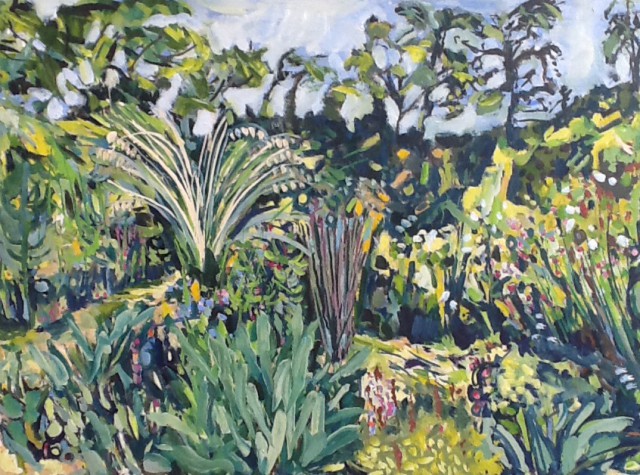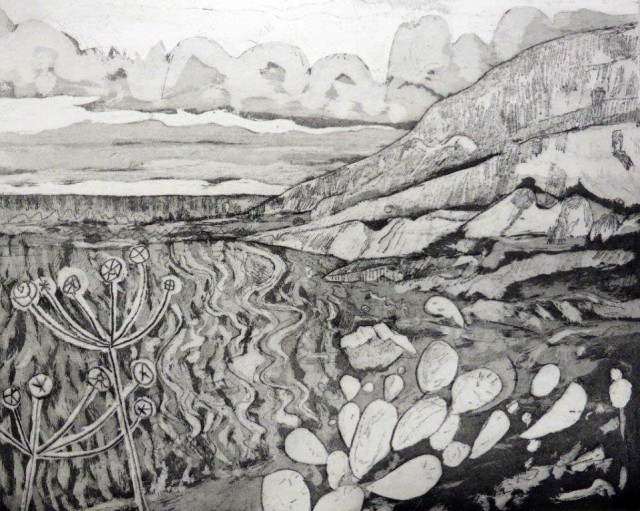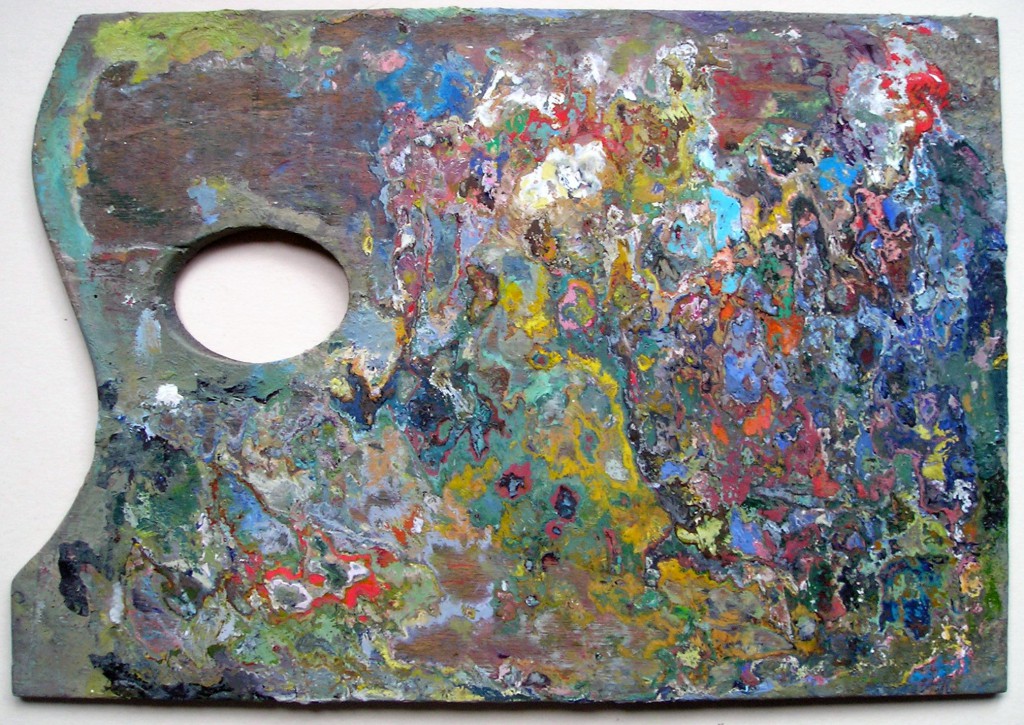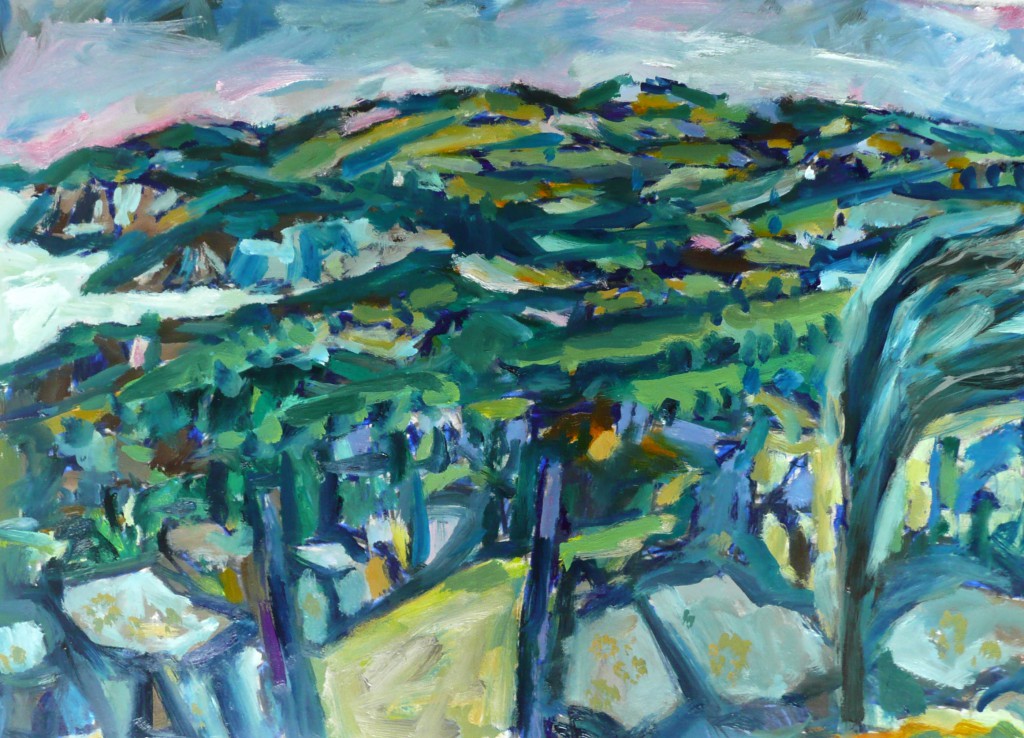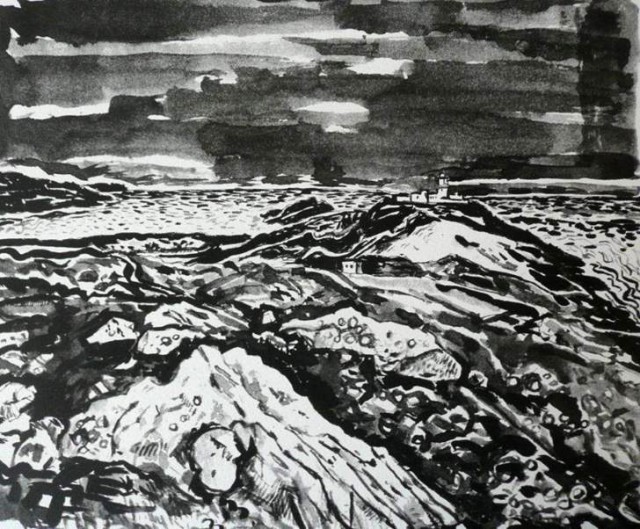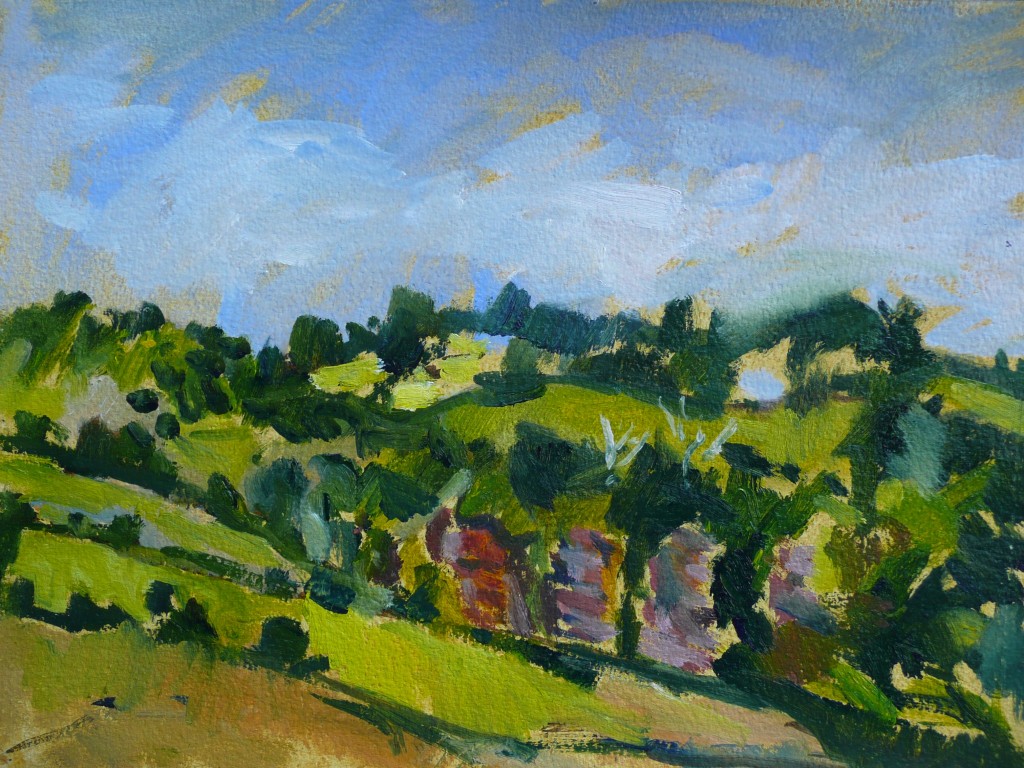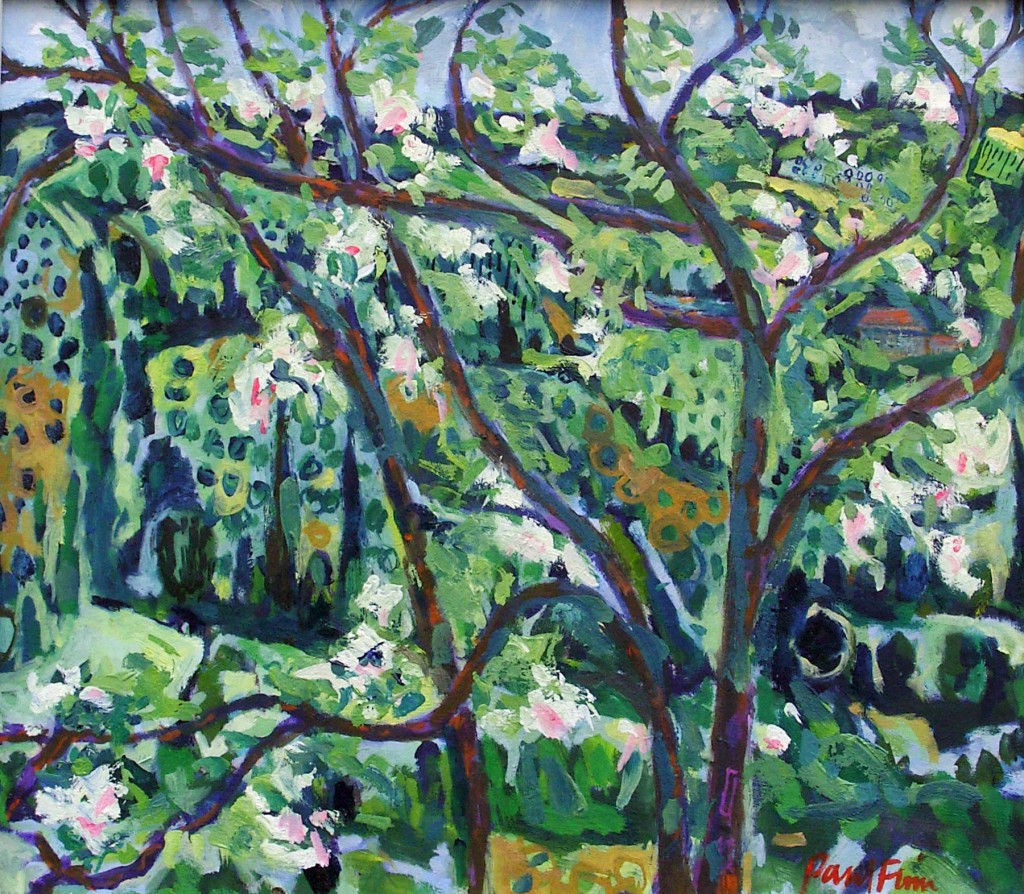The Artist magazine has published an interview with me. It’s a four page illustrated piece called Masterclass and is in the July edition which is out now. It’s an excellent read. Susie Hodge, the art historian did the interview and I have to say I’m delighted with it. Continue reading “Masterclass”





